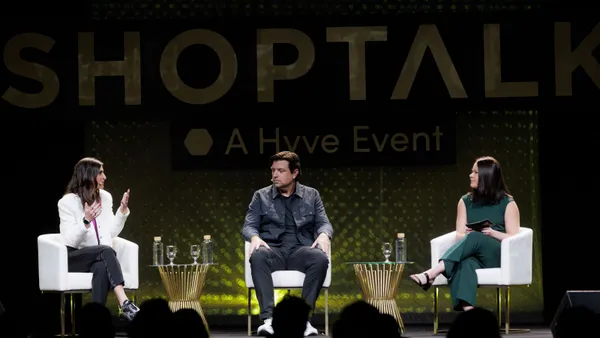Brief:
- Gaming apps rank higher than social media platforms in providing a brand-safe environment for advertisers, a survey of global consumers by AdColony found. More than half (60%) of respondents said they see offensive content on Facebook, compared with 31% on YouTube and 18% on mobile games.
- Nearly half (49%) of those surveyed said offensive content negatively affects their perceptions of brands whose ads appear nearby. Mobile games have the lowest incidence of "fake news" at only 8%, compared with 49% on Facebook, 25% on YouTube and 20% on Google, per AdColony.
- Mobile ads also help to drive purchases, with 1 in 4 survey respondents saying they made a purchase after seeing an ad in a mobile game. Fewer than 1 in 8 consumers make a purchase after seeing an ad on Facebook-owned Instagram, the survey found.
Insight:
AdColony recommends in-game ads as a way for brands to spend in brand-safe environments.
Brand safety has been a major concern for advertisers in the past few years amid repeated reports of ad inserts appearing next to objectionable content on social media, often followed by temporary advertiser boycotts. Marc Pritchard, chief brand officer of CPG giant Procter & Gamble, last week criticized the digital media industry for fraud, privacy breaches, lack of transparency and extensive violent and harmful content placed next to ads, calling for a reinvention of the entire landscape.
Still, consumers are comfortable with seeing ads on popular social media platforms, AdColony's survey found. More than one-third (36%) of global consumers prefer to see ads on Facebook, and another 18% on Google, while only 16% of mobile users prefer to see ads in mobile games. That percentage is slightly higher than the ad preferences for YouTube (15%), Snapchat (8%) and Instagram (7%).
The low preference for in-game ads helps to explain why some game developers have been wary of intrusive advertising that alienates users. However, developer hostility toward in-game advertising has softened in the past few years as software designers look for ways to monetize their gaming content. The industry's percentage of revenue from ads rose 11% last year to reverse a three-year decline, according to a separate study by DeltaDNA. The percentage of game developers that describe ads as an "important monetization opportunity" grew to 59% in 2018 from 39% two years earlier.
Social media companies are responding to the growing popularity of multiplayer games that also act like social networks by creating their own gaming platforms, another move to boost ad revenue without further cluttering social feeds. Snapchat parent Snap earlier this month announced plans for a gaming platform, and faces significant competition as rivals like Amazon, Apple, Facebook and Google ramp up their respective gaming content to carve out a slice of the $130 billion market.














